Woljeongri Beach (월정리해변(월정리해수욕장))
2025-03-13
480-1 Haemajihaean-ro, Jeju-si, Jeju-do
+82-64-728-3906
Woljeong-ri, a village located on the east side of Jeju Island, holds the meaning "the moon stays." The beautiful emerald sea spreads out like a picture, and the bright moon shines above it. As more and more travelers visited the beach to appreciate its beauty, many restaurants, cafes, and lodging facilities started to form along the shoreline. Some cafes placed chairs for people to relax in while looking at the sea, which became an iconic photo spot of Woljeongri Beach.
The beach is also a popular location for a variety of water sports such as surfing, snorkeling, and kayaking. Woljeongri Beach is popular among surfers because it has waves with a uniform x_height that are constantly coming in. The beach is also a part of the Gimnyeong-Hado Olle and Gimnyeong-Woljeong Geotrail Course on Jeju Olle Trail Route 20, and a great spot for tourists to take a break while taking in the beautiful scenery and cool scent of the sea.
Jjangttungeo (Mudskipper) Bridge (짱뚱어다리)
2021-01-25
Daecho-ri, Sinan-gun, Jeollanam-do
Featuring natural areas untouched by human hands, Jeungdo Island in Sinan-gun was the first Slow City designated in Asia as of December 1, 2007. The trademark image of the island is Jjangttungeo Bridge, a 470-meter-long wooden bridge built above the mud flat. The bridge allows visitors to observe mud creatures all without stepping foot in the mud. The jjangttungeo (mudskipper) is only able to live in clean mud flats and they are easily found in this island. The name of the bridge comes from the image of many mudskippers jumping around the bridge. During low tide, the vast mud flat appears, as well as various mud organisms including mudskippers, crabs, clams and lug worms. When the tide is high, crossing this bridge will give the feeling of walking on water. The sight seen from the bridge is perfect for a date course, and the bridge leads to Ujeong Beach, which offers a beautiful view of the setting sun.
Taepyeong Yeomsaeng Botanical Garden (태평염생식물원)
2021-05-31
Jeungdong-ri, Sinan-gun, Jeollanam-do
+82-61-275-7541
Designated as a biodiversity conservation area by the UNESCO, Jeungdo Island in Sinan-gun, Jeollanam-do has become popular. Taepyeong Yeomsaeng Botanical Garden is located next to one of the largest solar-evaporation salt fields, and spans over an area of 110,000 ㎡. Over 70 species of various salt plant colonies grow at the natural mud flat including glasswort, sea-blite, East Asian seepweed, and Herbaceous seepweed to create a splendid scene. Also, one can easily see Tti (a plant) which can not grow in polluted places.
Walking along the 220 meter-long walking path, diverse mud flat creatures like mudskippers, crabs, and gastropods can be seen up close.
Bakdaljae Peak (박달재)
2020-05-27
Wonbak-gil, Jecheon-si, Chungcheongbuk-do
+82-43-642-9398
Bakdaljae refers to the steep hills dividing Bongyang-eup and Baekun-myeon in Jecheon-si. It has a legendary sad love story about Bakdal doryeong and Geumbong nangja. Jecheon-si uses the characters of ‘Bakdari and Geumbongi’ to promote. Iljumun Gate is set at the entrance of the hill to offer things to see for visitors. Also, based on Bakdaljae landmark project, it became a famous site for tourists.
Pyeongsari Field (평사리들판)
2022-08-26
Pyeongsari-gil, Hadong-gun, Gyeongsangnam-do
+82-55-880-2651
Pyeongsari Field was created by Seomjingang River flowing through the canyon which attracted people to form a village. The field served as the central farming field and fed the villagers for many years and appeared as a setting in Park Kyongni's novel "Land." Pyeongsari field is one of the largest fields found along Seomjingang River, boasting a size of 2,743,801 ㎡.
Sujongsa Temple (수종사)
2023-06-22
186, Bukhangang-ro 433beon-gil, Namyangju-si, Gyeonggi-do
+82-31-576-8411
Sujongsa Temple is a branch temple of Bongseonsa Temple, located near the top of Ungilsan Mountain. Amazing views from Sujongsa Temple include various mountaintops and the Bukhangang River. While records are not entirely clear, it is believed that the temple was built in 1439 during the Joseon period. The temple went through many reconstructions and expansions, but ultimately was entirely destroyed during the Korean War. In 1975, Monk Hyegwang began reconstructing the temple, starting with Daeungbojeon Hall and slowly expanded the temple site subsequently.
Namyangju Joan [Slow City] (남양주 조안)
2020-03-27
413, Bukhangang-ro, Namyangju-si, Gyeonggi-do
82-31-521-5686
The origin of the city name, Joan, comes from the meaning "a place where birds dwell peacefully." Joan-myeon in Namyangju was designated a "slow city" in 2010 and was the first slow city in the Seoul metropolitan area. The city has a well-paved bike road along the Namhangang Riverbank connecting Paldang to Yangpyeong through Daeseong-ri. The city also has the Slow City Trail, starting from Ungilsan Station and passing through Majinsanseong Fortress and Sujongsa Temple before arriving at Songchon Independence Park.
Each of the twelve villages in Namyangju is known for a different local treasure, ranging from lotus fields to cultural heritages. Joan-myeon in particular has received compliments for its local communities, eco-friendly and organic farming, natural environment, traditional culture, and well-managed fisheries.
Pocheon Idong Galbi Village (포천 이동갈비마을)
2022-10-26
2078, Hwadong-ro, Pocheon-si, Gyeonggi-do
+82-2-1330
Idong Galbi is a famous term for Koreans, representing the delicious hanu (Korean beef) short ribs that have been made with high quality meat and marinade. Nowadays, people can see signboards advertising Idong Galbi throughout Korea; however, the dish originated from Idong-myeon in Pocheon-si, Gyeonggi-do. Idong Galbi Village began with two stores in the early 1960s. They became famous and many more restaurants began to serve this local specialty.
Sinan Marine Archaeology Monuments (신안해저유물 발굴 기념비)
2019-08-01
Bangchuk-ri, Jeungdo-myeon, Sinan-gun, Jeollanam-do
+82-61-240-8352
Sinan Marine Archaeology Monuments, located in Jeungdo Island, came to existence after the discovery of the ancient artifacts. Over 28,000 items were found mostly near the region of Doduk-do Island, including treasures from Song and Won Dynasties. After the first discovery in 1975, more and various excavation results were reported, unearthening 600 years history, and gave a glimpse into Korea and China's remarkable development in intergovernmental, as well as trading cooperations in the past, awakening millions of historians in both nations.
The excavated artifacts are now housed for display at the Nation Museum of Korea in Seoul and National Maritime Museum located in Mokpo. In addition, the venue where this remarkable discovery was made and the monument that was erected, became the National Historical Site No. 274 so as to recognize the efforts and sacrifices that the divers had to make back then to preserve and unearth these world treasures.
Jeongdong Observatory (정동전망대)
2022-08-11
15, Deoksugung-gil, Jung-gu, Seoul
+82-2-120
Jeongdong Observatory is located on the 13th floor of Seoul City Hall Seosomun building. The observatory has a cafe inside where visitors can enjoy a drink while gazing upon the magnificent view of Deoksugung Palace from above. In addition, the walls of the cafe are decorated with photos of old Jeongdong.
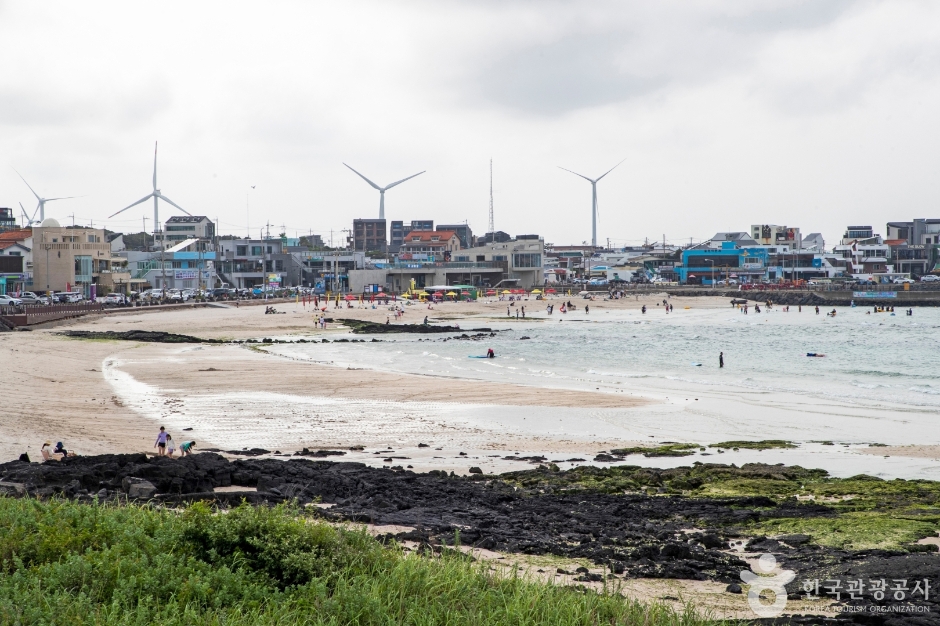
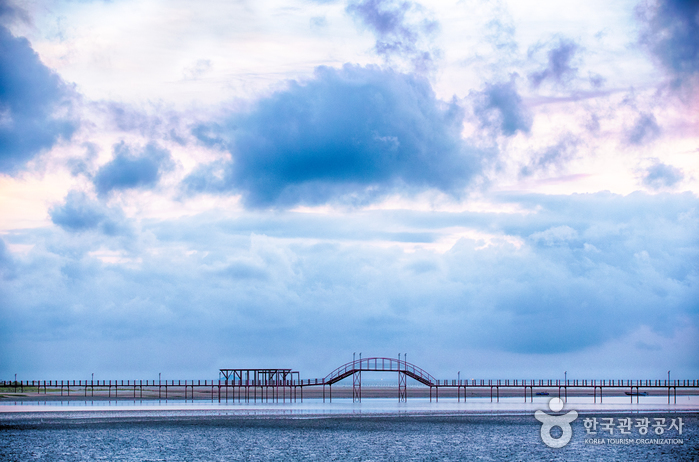
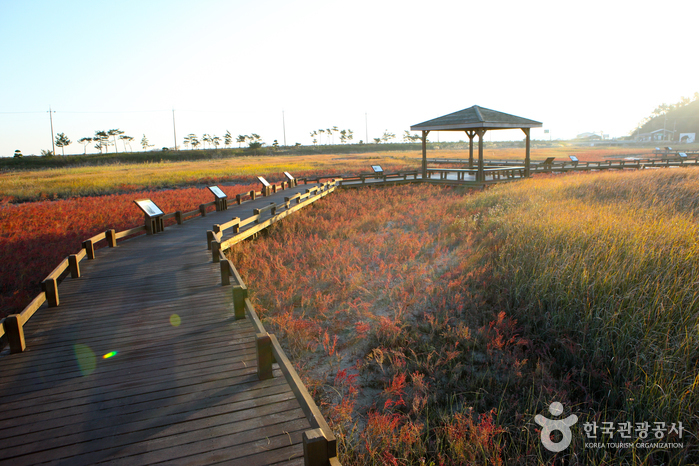
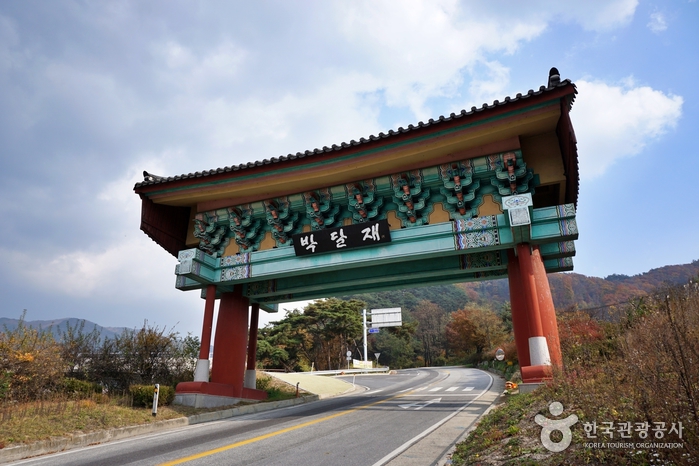
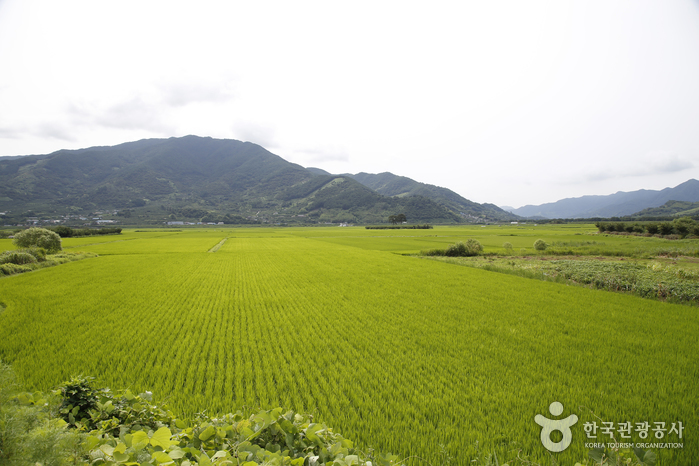
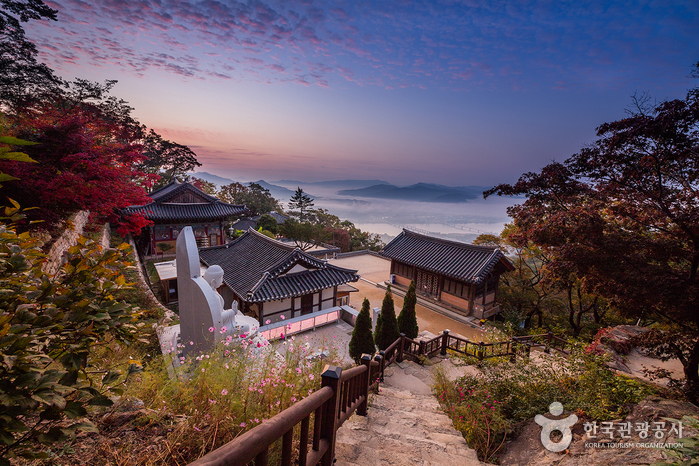
![Namyangju Joan [Slow City] (남양주 조안)](http://tong.visitkorea.or.kr/cms/resource/61/1720461_image2_1.jpg)
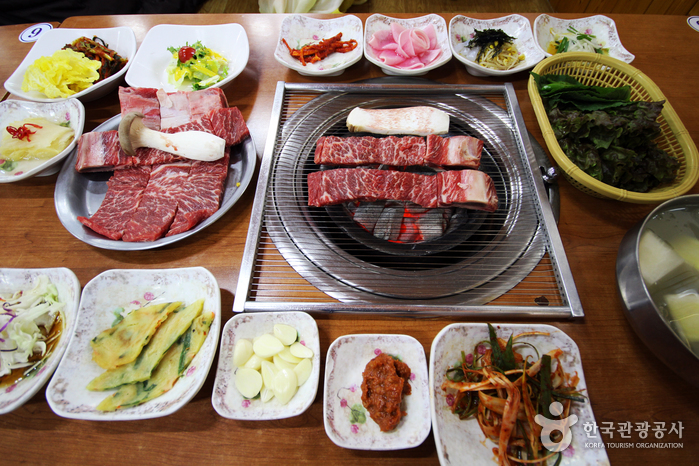

 English
English
 한국어
한국어 日本語
日本語 中文(简体)
中文(简体) Deutsch
Deutsch Français
Français Español
Español Русский
Русский